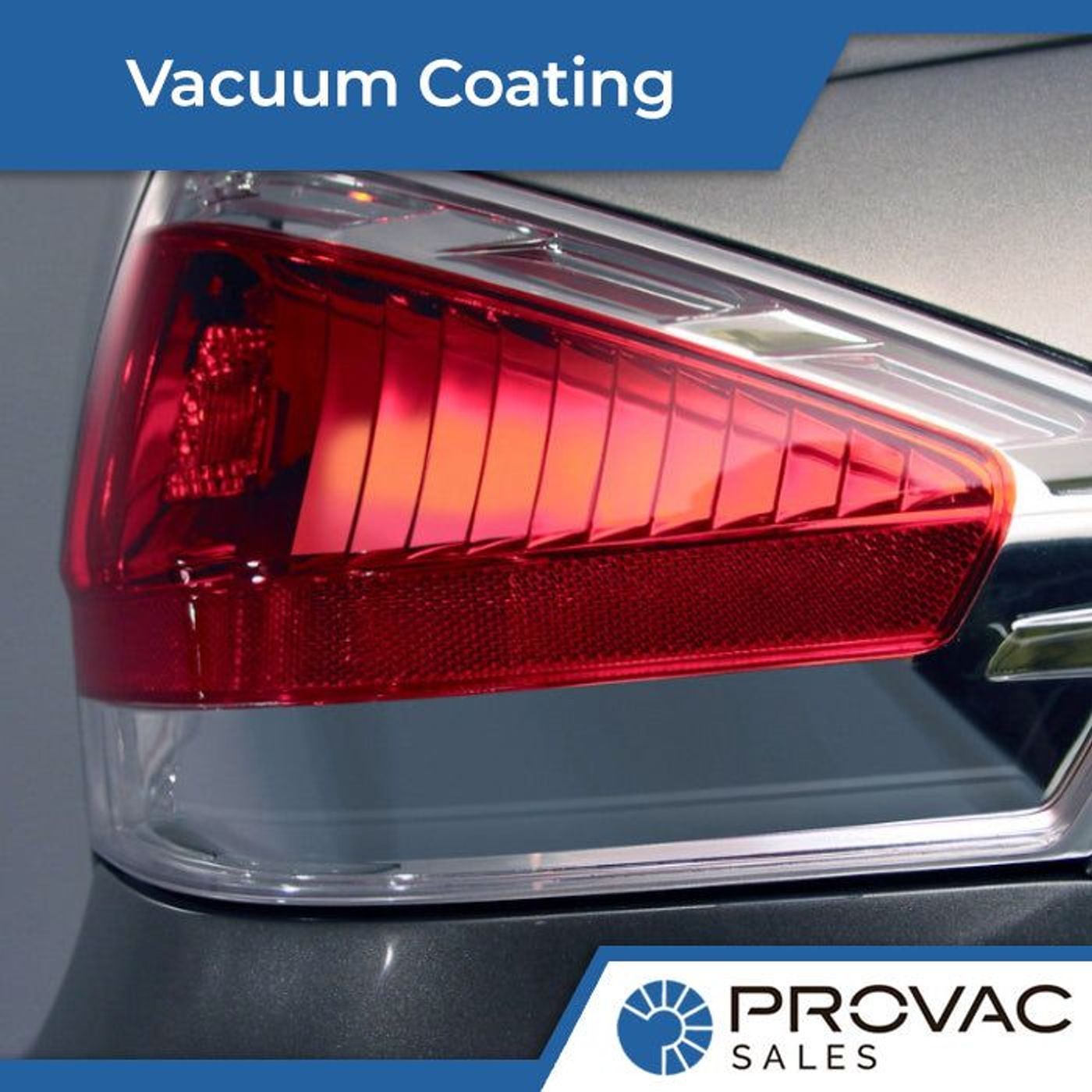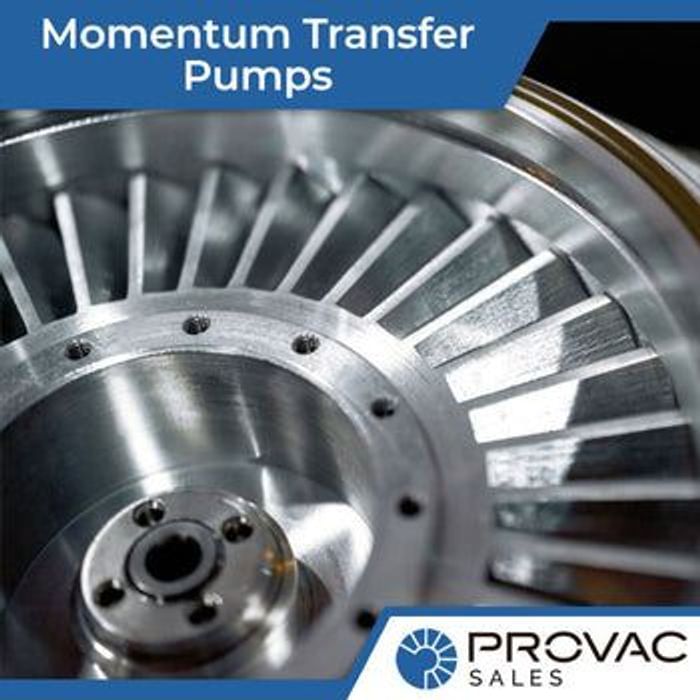Anyone involved in the automotive sector should have a firm understanding of the importance of vacuum coating. Vacuum coating, which is often implemented either through chemical vapor disposition (CVD) or physical vapor disposition (PVD), is a crucial process for car manufacturing and maintenance. The coating mechanism involves turning important alloys used for vehicles into vapor, which is condensed into a film for easy application. Professionals in the sector unaware of the specifics surrounding such an important process should continue reading to learn about the various vacuum coating applications for automobiles.
Applications for Car Exteriors
The exterior frame of an automobile is greatly improved by the various benefits that come with vacuum coatings, such as better aesthetics and longevity. Vacuum coating turns precious metals and alloys into condensed films that can easily be applied to the car exteriors. These materials often have inherent properties such as high durability against natural elements, ensuring that the vehicle is resistant against corrosion. Engineers behind many popular car models formulate the best combinations of alloys for vacuum coating to ensure car durability and longevity.
Significantly improving aesthetics is also possible through the strategic usage of PVD or CVD. Using the right combinations of materials, a coating can lead to glossy and attractive finishes for many vehicles. Many popular color combinations available from major car manufacturers are applied through the strategic application of vacuum coatings. Also, maintaining beautiful exterior finishes on cars after years of usage is also possible through these coating technologies. Considering there are countless options regarding alloy combinations, aesthetics are drastically improved through using these methods.
Hub and Interior Applications
Vacuum coating also has plenty of applications regarding vehicle interiors and hubs, especially when it comes to chrome and reflective finishes. High-quality PVD machines have numerous settings that allow for usage within interior sections of vehicles. Many luxury cars have metal finishes within interior appliances, as it produces an eye-catching and radiant appearance. Most luxury vehicles have their internal components coated using innovative PVD machines as it makes the process of applying expensive alloys easier.
Hubs also see a dramatic improvement in aesthetics after metal coatings produced by vacuum mechanisms. Many manufacturers that produce vehicles with chrome wheel hubs or hubs made of reflective materials use vacuum processes for coating. The efficiency of applying coats to hubs, which can sometimes be as fast as three minutes, makes using PVD or CVD highly desirable for companies that desire effectiveness and efficiency. Many manufacturers combine both alloy and powder coatings to make hubs and other sections of the wheel area as lustrous and luxurious as possible.
Applications for Front and Tail Lamps
PVD or CVD vacuum coating helps make front and tail lamps of vehicles better looking as well as more effective. Many luxury vehicle manufacturers use the same processes they use for interior coatings for tail lamps. These same processes are used to ensure a level of uniformity in the aesthetics of the vehicle, as all components use high-quality coating processes that produce glistening finishes. Most brands often employ a stronger and more glossy alloy for lamps, as they must be resistant to outside forces as well as heat generated from the lamp itself. Once again, vacuum coat mechanisms ensure that the best alloy combinations for the lamps are applied in the most extensive fashion.
Front and tail lamps coated using vacuum mechanisms also improve vehicle practicality and safety as it accentuates the reflective properties of the car. Innovative processes seen in many CVD and PVD machines allow precise combinations of alloys with the highest reflective properties possible to become applicable. Many vehicles that are produced using these processes have some of the most reflective lamps possible, boosting the effectiveness of these lights. Hence, there are not only aesthetic benefits to the front and tail lamps but also practical benefits that improve the safety of the car.
Getting Affordable and Reliable Vacuum Coating Machines
Considering all of the benefits that come with PVD and CVD processes, many wonder how to find reliable machines that may facilitate these coating mechanisms. There are plenty of manufacturers of coating machines throughout the world, however, only a select few are trusted by popular vehicle manufacturers. Generally, considering the precise and technical nature of vacuum coating, it’s important to prioritize quality over low prices. Many in the industry agree that going with cheaper machines may lead to higher costs overall due to a lower standard of the finish produced by these machines.
Certain vacuum coating machines are specialized in specific types of coating, such as those that involve chrome and aluminum. Companies that are looking to specialize in a specific type of coat should opt to acquire machines that have design features specific to what they’re looking for. Thankfully, there’s a vast range of CVD and PVD machines available, meaning anyone in the automobile sector should have no issue finding the perfect machine for their needs.





